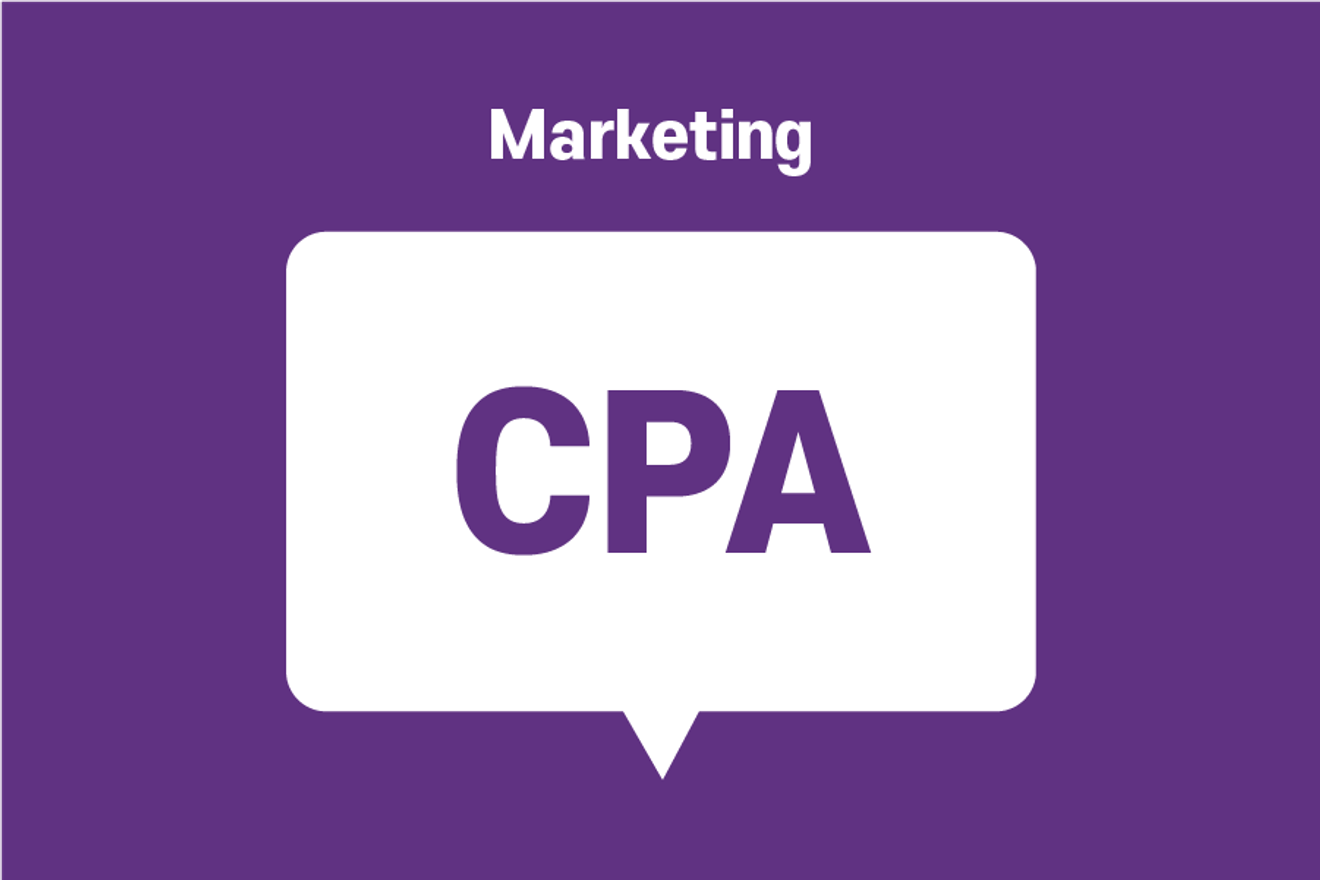Subject
- #CPA Marketing
- #Landing Page
- #CPA Optimization
- #Ad Design
- #Targeting
Created: 2024-07-21
Created: 2024-07-21 19:24
In digital marketing, CPA (Cost Per Action) is one of the important metrics. CPA represents the cost an advertiser pays for a specific action, and these actions include purchases, subscriptions, downloads, and more. In this article, we will explore the definition, importance, and optimization methods of CPA.

CPA stands for 'Cost Per Action', which means the cost an advertiser pays each time a user takes a specific action. The 'action' here can vary depending on the advertising campaign and typically includes the following:
CPA is a type of performance-based advertising model where advertisers only pay when the desired action occurs. This allows for efficient use of advertising budget and the expectation of high ROI (Return on Investment).
1. Efficient Budget Usage : Since the CPA model requires advertisers to pay only when they achieve the desired results, it enables more efficient budget utilization. This helps reduce unnecessary advertising costs and maximize cost-effectiveness.
2. Easy Performance Measurement : CPA provides a clear metric for measuring the performance of advertising campaigns. This allows advertisers to identify which ads are effective and which strategies are successful.
3. High ROI : The CPA model only pays for specific actions, allowing advertisers to directly link advertising costs to sales. This enables the expectation of high return on investment.
4. Reduced Risk : The CPA model ensures advertisers do not pay for ineffective ads, thereby reducing the risk associated with advertising campaigns.
1. Refining Targeting : Accurate targeting is crucial for optimizing CPA. Analyze user data to identify the target groups with the highest conversion potential and target them with advertisements. Consider age, gender, location, interests, and other factors for precise targeting.
2. Improving Ad Copy and Design : Engaging ad copy and visually appealing designs are important to attract user attention and drive action. Use A/B testing to continuously evaluate and improve the effectiveness of ad elements.
3. Landing Page Optimization : The landing page that users reach after clicking on the ad plays a crucial role. Landing pages should be designed to be simple and clear, allowing users to easily find the desired information and take action. Improve loading speed and optimize for mobile devices to enhance user experience.
4. Utilizing Retargeting : Retargeting involves showing ads again to users who have previously visited the website but did not complete the desired action. This is very effective in increasing conversion rates. Retargeting campaigns can re-engage potential customers and reduce CPA.
5. Analysis and Monitoring : Continuously analyzing and monitoring the performance of advertising campaigns is essential. Use various analytical tools such as Google Analytics and Facebook Ads Manager to assess campaign performance and adjust campaigns based on data. Improve or stop campaigns with high CPA, and allocate more budget to successful campaigns.
6. Utilizing Various Advertising Networks : Running ads on various advertising networks, such as Google Ads, Facebook Ads, and Instagram Ads, can help reach a wider audience. Analyze the characteristics and user behavior of each network to develop appropriate advertising strategies.
CPA (Cost Per Action) is an important metric in digital marketing within the performance-based advertising model. It represents the cost an advertiser pays for a specific desired action, and it offers benefits such as efficient budget utilization, easy performance measurement, high ROI, and reduced risk. To optimize CPA, it is necessary to refine targeting, improve ad copy and design, optimize landing pages, utilize retargeting, continuously analyze and monitor, and utilize various advertising networks. Through these strategies, you can maximize campaign performance and achieve business goals.
Comments0